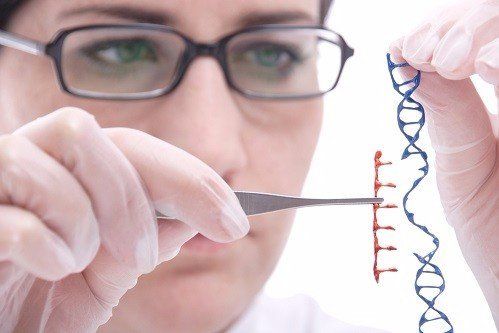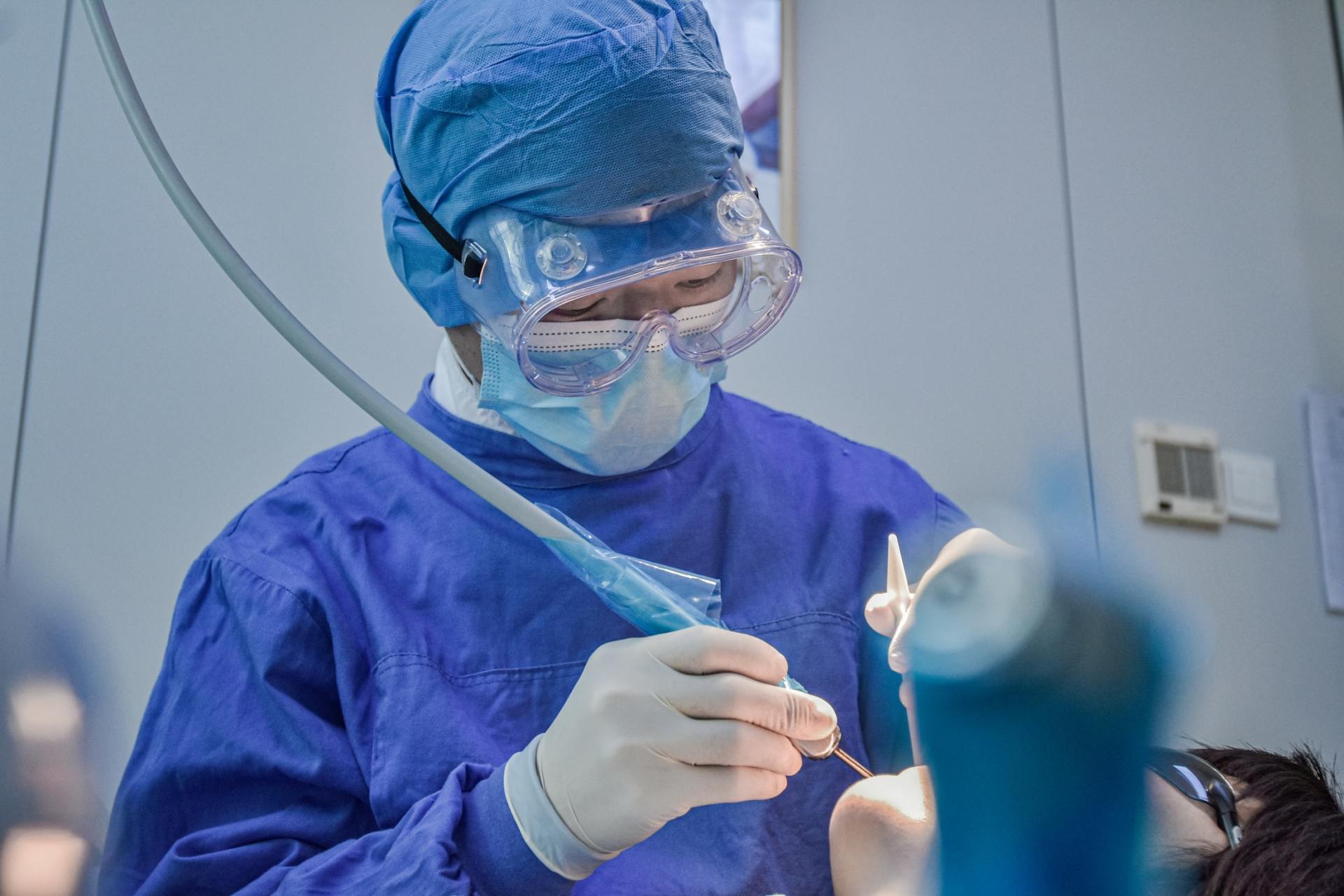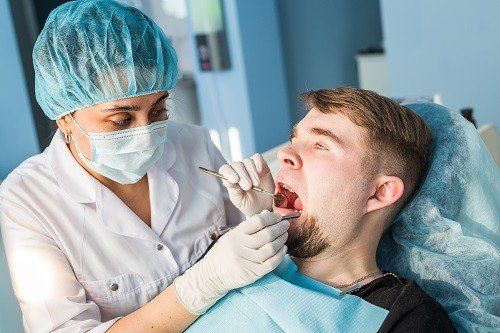Can Gene Therapy Help Treat Gum Disease?
As a chief cause behind adult tooth loss, gum disease infects
the tissues surrounding and supporting the teeth. In fact, since gum disease is
largely painless, many do not even know they have it until significant damage
has been done. Caused by dental plaque, the sticky substance of bacteria
constantly developing on the teeth, gum disease shows itself through swollen,
red, and tender gums that have receded, consistent bad breath, separating or loose
permanent teeth, or any changes in the teeth’s bite or how partial dentures
fit.
Some risk factors include chewing tobacco or smoking, subpar oral hygiene, genetics, crooked or misaligned teeth that are difficult to clean, diabetes, pregnancy, and certain medications, such as steroids, several anti-epilepsy drugs, a few calcium channel blockers, oral contraceptives, and cancer treatment drugs. Often prevented with good oral hygiene and regular visits to the dentist, gum disease may have soon another weapon fighting against it.
Specifically, researchers from the University of Michigan discovered gene therapy could be effective in fighting periodontal disease, of which gum disease is the early stage. Research into gene transfer—to insert genes into a person’s tissues and cells for treating lethal conditions—isn’t new. However, this researching group may be the first that used a gene delivery angle to demonstrate potential for treating long-term conditions like periodontal disease, as per Dr. William Giannobile, a UM Dentistry School professor and this research’s principal investigator.
"Periodontal disease is more disabling than life threatening," Dr. Giannobile, who also directs the Michigan Center for Oral Health Research, said. "This is so important because the next wave of improving medical therapeutics goes beyond saving life and moves forward to improving the quality of life." Giannobile and his team of researchers worked with a Seattle biotechnology company, Target Genetics, for the purpose of this study, testing nearly 130 human subjects who eventually showed 30 percent pain relief improvement in addition to gains in function.
Giannobile’s team also discovered how to use inactive viruses for helping specific cells to create a soluble receptor for "tumor necrosis factor." This molecule delivered via gene therapy absorbs extreme amounts of tumor necrosis factor, which itself is a molecule recognized for worsening inflammatory bone destruction within patients who are afflicted with not only periodontal disease but also joint deterioration and rheumatoid arthritis. As per Dr. Giannobile, this "could have potentially life-long treatment effects in patients who are at risk for severe disease activity."
Are you avoiding trips to the dentist because of the high cost of treatments? Did you know you can use a New Hampshire discount dental plan to save as much as 20 percent off your bills? For more information, please click here.
Photo via Shutterstock











